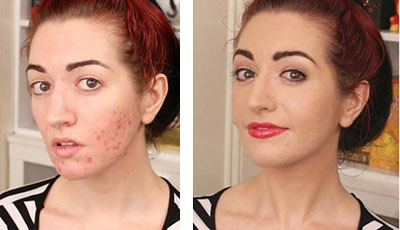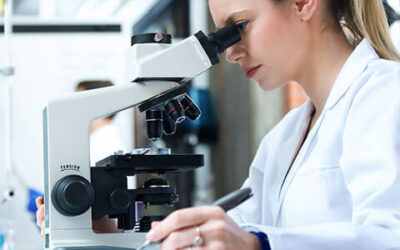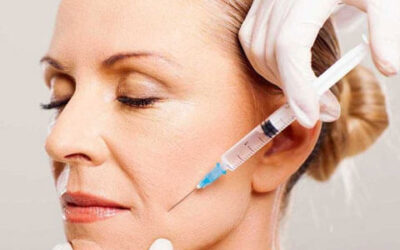Acne (Acne vugaris) is the most common of skin conditions and affects teenagers as well as some adults. It is the most often localised on the face, but is also found on the torso and scalp (areas with high number of oil glands)
Acne appears when:
The sebaceous gland produces fat under the influence of hormones
The follicular canal is blocked and prevents the normal elimination of sebum, creating micro cysts and blackheads
The proliferation of microbial agents causes an inflammation and pimples.
Typical features of the condition include blackheads or whiteheads, pimples oily skin, and possible scarring. The resulting appearance can lead to anxiety, reduced self-esteem, and, in extreme cases, depression.
Genetics is the primary cause of acne in 80% of cases. The role of diet and cigarette smoking is has been established. In both sexes , hormones called androgens appear to be part of the underlying mechanism, by causing increased production of sebum. Another common factor is the excessive growth of the bacterium Propionobacterium acne which is present on the skin.
Treatments for acne are available, including lifestyle changes, medications, and medical procedures. Diet omitting simple carbohydrates such as sugar and diary products helps.
Treatments include:
1. Antibiotics and retinoids are available in formulations that are applied to the skin and for the treatment of acne. However, resistance to antibiotics may develop as a result of antibiotic therapy.
2. Isotretinoin pills are reserved for severe acne . Early and aggressive treatment of acne is advocated by some in the medical community to decrease the overall long-term impact on individuals.
3. Chemical peels salicylic and trichloroacetic acid peels are faster and more effective treatments available for acne.
4. Comedone extraction Microcomedones are at times resistant to the medical treatment and are eextracted with comedone extractor giving a quick response and early treatment.





